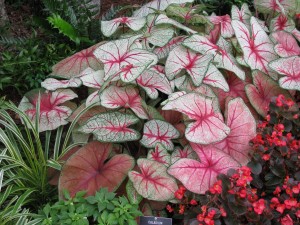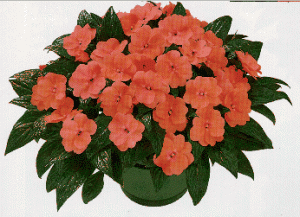After a summer of heat, rain, sun, humidity — yes, we’ve had it all — are you ready to buy and plant some new perennials? If so, the UDBG Fall Plant Sale is for you! Fall flowering plants are essential as nectar soruces for migrating monarchs, red admirals and hummingbirds, as pollen and nectar sources for native bees, and as the plants that will set seed for wintering birds. All of these creatures partially depend on your garden to provide these plants. The Fall Plant Sale is Thursday, September 12, 4-7 PM (UDBG members only), Friday, September 14, 4-7 PM and Saturday, September 14, 9 AM – 1 PM. Lots of native and non-native perennials are offered for sale. To learn more about the plants, come to the Guided Plant Walk of Fall Sale Highlights on Thursday, September 5, 4 – 5:30 PM, led by Dr. John Frett. Cost is UDBG members $5; nonmembers $10. Or attend the Fall Plant Sale Highlights Lecture – “Birds, Butterflies and Blossoms: Perennials that Attract Birds & Butterflies.” On Tuesday, September 10 at 7 PM join Chanticleer’s Lisa Roper as she discusses the recipe for success – the right plants, and the cultural conditions for them to thrive. Lisa will also dazzle us with examples of attractive combinations. Cost is UDBG members $5; nonmembers $10.

Echinacea is just one of the bird and butterfly attracting perennials you’ll find at the Fall Plant Sale.



